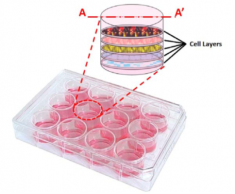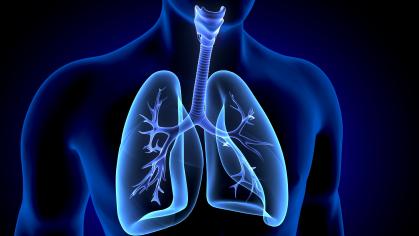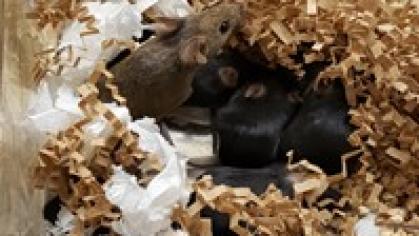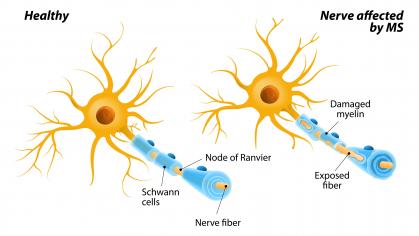Multilayer Stackable Tissue Culture Platform for 3D Co-Culture

Inventor(s): Martin Yarmush
Date Awarded: December 2019
Summary:
We have invented a method and system that enables three-dimensional (3D) co-culture of different types of cells. In a native tissue (organ) inside an animal, many cells types co-exist and communicate through the surrounding microenvironment using chemical and mechanical signaling. Current and market available well plate inserts, neither allow the user to control distance between cells nor are they suitable for more than two cell types. These controls are often essential to accurately mimic native tissue-like conditions in vitro, and in their absence either under or over prediction of, for example, drug toxicity or cellular interactive conclusions, result. Despite the tremendous need for multi-tissue co-culture, there is a lack of technology which enables the user to easily and accurately control cell-to-cell and cell-to-microenvironment interactions.
Our invention fills this void as it enables the translation of 2D into 3D multilayer culture with a simple and user-friendly approach. The membrane based stackable constructs are designed to culture cells which act as cell scaffolds, while allowing oxygen diffusion and exchange of chemical signaling between layers. Unlike conventional inserts, it enables stacking of more than two layers and allows one to precisely control the separation between adjacent cell layers. This invention enables one to recreate multi-tissue interfaces in vitro using an easy to use, low cost, tunable system to accommodate the requirements of tissue engineering, without the need for a resource intensive set-up or skilled operators.
Market applications:
- Substitute of well plate insert to perform more than two layer cell culture.
- Recreating native tissue like multi-organ co-culture systems for tissue engineering,
- Designing new pharmaceutical compounds and high throughput screening of new drugs.
- Multilayer co-culture of liver, kidney, gut along with cancer/disease cells



